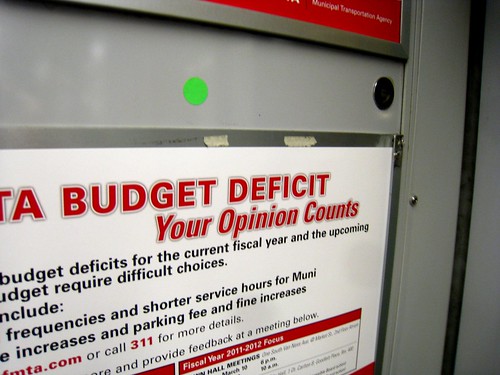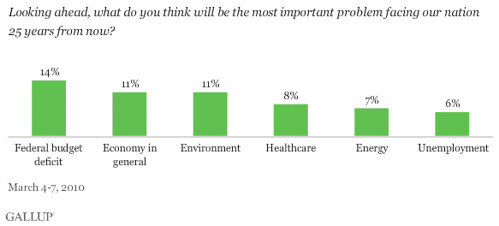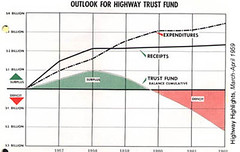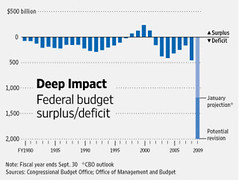Chuck's advice: lead with the financial case for smart urbanism

Posted May 28, 2010 at 1:06PM
Chuck Marohn, who writes most of the entries on the Strong Towns Blog and who has become a professional friend, spoke to the Atlanta meeting of the Congress for the New Urbanism last week and made the case that economic arguments for smart growth and urbanism will resonate more strongly with the public than will quality of life or environmental arguments. I’m a fan of Chuck’s “Strong Towns” philosophy, which takes a distinctly Midwestern, pragmatic, low-key – and yet highly principled – approach to the cause.
Chuck cites a Gallup poll from March of this year indicating that the public believes economic issues are the most important the country is facing right now:
Economic issues also lead the way among those the public thinks will be foremost in years to come, though the environment also begins to enter the conversation (scoring higher than health care, unemployment or energy):
I could make a case that environment and energy should be combined, but one could also say that about the budget deficit, unemployment and “the economy in general.”
Chuck argues that we should “consider an approach that helps cities close their budget gaps by building neighborhoods that are more affordable, appreciate property values more rapidly and provide an overall higher return on the public investment.” These arguments were among the most prevalent in the mid- and late-1990s, of course, following the various costs-of-sprawl studies (see, e.g., the voluminous 1998 update). When Harriet Tregoning headed EPA’s smart growth office in the 1990s, she even used to spell the cause’s name “$mart Growth.” Parris Glendening certainly made fiscal arguments a centerpiece of his smart growth platform as governor of Maryland.
Our movement has come a long, long way since then, perhaps due in no small part to the sound logic of those arguments.
In his blog post summarizing his presentation to the CNU, Chuck points out that both the federal Transportation Trust Fund (above left) and the government in general (right) are broke and, as a result, local governments cannot expect continuing infrastructure subsidies on the scale to which they have unfortunately become accustomed. I actually hope he’s right on the latter half of that observation, though experience teaches that the taste for pork at all levels of government, certainly including Congress, is ravenous and pays little regard to reality. My observation is that the Democrats want to keep producing it to keep voters happy, and the Republicans want to keep producing it so they can offset it by slashing everything else in government (except, of course, for war, which we are apparently not allowed to discuss in financial terms; apologies for the digression).
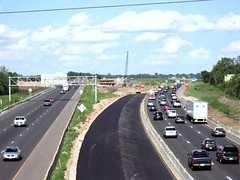 Chuck is at his most eloquent in discussing “the growth Ponzi scheme,” via which governments pay for growth with promised revenues for future growth, which they then seek to pay for with . . . He is exactly right, of course. He is also right in arguing that density is one of the solutions, since it lowers costs per increment of growth while maintaining revenues (or decreasing them not as much). Last week I posted his wonderful images of perceptions of density which, by the way, I plan to steal for my own presentation at the AIA conference in Miami next month. Read all of Chuck’s excellent blog post here.
Chuck is at his most eloquent in discussing “the growth Ponzi scheme,” via which governments pay for growth with promised revenues for future growth, which they then seek to pay for with . . . He is exactly right, of course. He is also right in arguing that density is one of the solutions, since it lowers costs per increment of growth while maintaining revenues (or decreasing them not as much). Last week I posted his wonderful images of perceptions of density which, by the way, I plan to steal for my own presentation at the AIA conference in Miami next month. Read all of Chuck’s excellent blog post here.
I don’t rule out (and neither does Chuck; I don’t want to misrepresent him) any of the various cases one can make for better attention to the way we grow, whether they be fiscal, social, environmental, or something else. Different audiences are looking at different dimensions of the problem, and we need to speak to the ones they are most concerned about. But Chuck is right to remind us that, at this moment in time, a lot of people are most concerned about the economy.
Move your cursor over the images for credit information.
